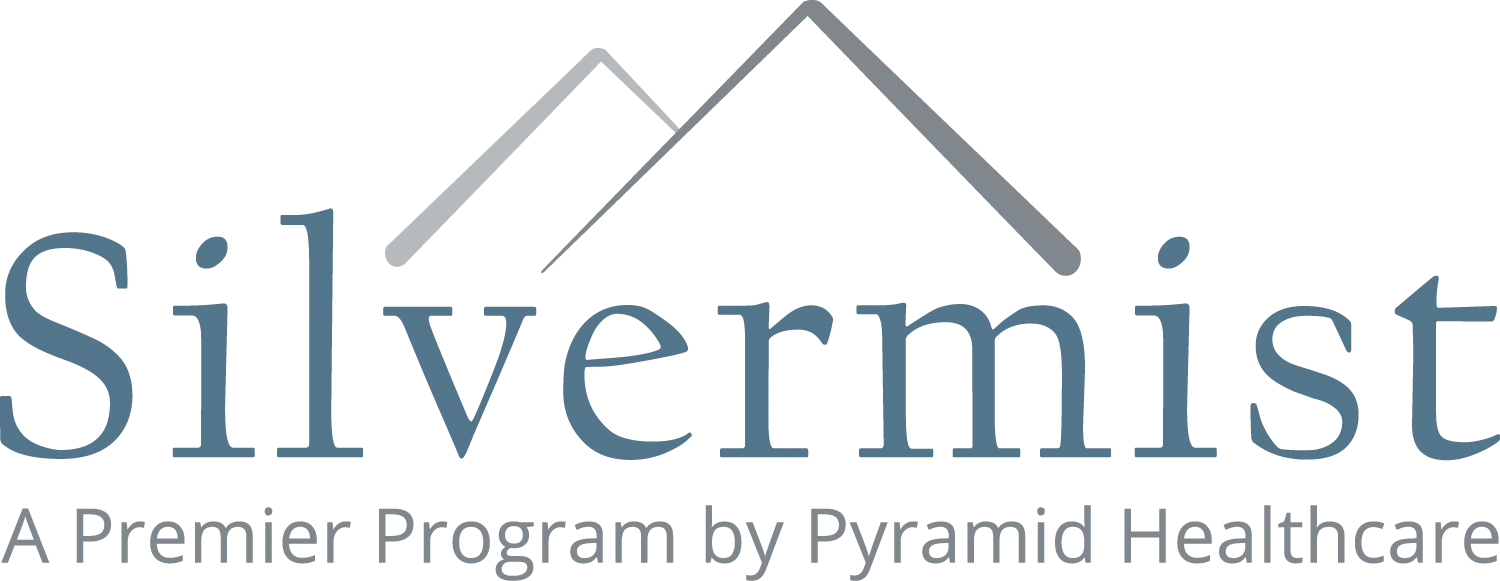What Is a Treatment Plan and Why Is It Important For Recovery?

There is no single path to recovery and an effective strategy for one client may be ineffective for another. For this reason, it is the goal of the best addiction treatment centers to provide a recovery plan that is both personalized and effective.
Making a substance abuse treatment plan isn’t a task to be taken lightly. The success of treatment hinges on a personalized plan that meets your unique and specific needs. A treatment plan allows you and your therapist to outline the steps and modes of treatment to address your concerns and maintain your sobriety.
Substance abuse treatment plans
Addiction is complex and involves a variety of underlying causes and related issues. How addiction is treated depends heavily on why and how it developed. When you first enter treatment or detox, a team of medical and mental health professionals will conduct a comprehensive assessment that will guide the making of a substance abuse treatment plan.
Your treatment team will take into consideration a wide range of factors when developing your treatment plan, including:
- Whether dependence has developed – If you experience withdrawal symptoms when you stop using drugs or alcohol, you’ve developed a dependence. In this case, medical detox will be the first order of business on your treatment plan. Medical detox is the process of allowing all traces of a substance to leave the body so that brain function can begin to return to normal.
- Personal preference – Making a successful treatment plan depends on matching you with the kind of treatment you need to feel safe and engaged. Someone who is atheist probably wouldn’t thrive in a religious-based program. Women who have experienced sexual assault often prefer a women’s-only program. These and other factors are taken into consideration at this time.
- Co-occurring mental illnesses – When a mental illness like anxiety or depression co-occurs with a substance use disorder, it’s known as a dual diagnosis and requires special treatment. Making a substance abuse treatment plan for co-occurring disorders requires that mental illness and addiction be treated at the same time, each in the context of the other.
- Medical issues – Pre-existing medical problems or those stemming from substance abuse need to be under control for successful long-term recovery. Recovery is holistic and depends on the best possible overall health.
- A history of trauma – Trauma-informed treatment helps individuals learn to cope with the devastating effects of sexual abuse, violence, natural disasters and other traumas. Making a substance abuse plan for someone with a history of trauma involves drawing on specific therapies that help trauma victims learn to cope and thrive.
- Family environment – Family involvement in treatment improves the chances of successful recovery. If your home life is unstable or unsafe, inpatient treatment will be essential. Family therapy will play an important part in restoring function to the family system.
- Legal issues –Legal issues cause a great deal of stress and financial pressure, which are major factors for relapse. If you’re in legal trouble, treatment will include resources for legal assistance to help get these issues under control.
These factors will help set the foundation for a substance abuse treatment plan and will guide the goals you set for yourself during your time in recovery.
Drug treatment plan example
A substance abuse treatment plan should be holistic, addressing issues of body, mind and spirit. A holistic treatment plan will draw on a variety of traditional and complementary therapies to promote whole-person healing and will include components like medications, talk therapies, psycho-educational classes and workshops, family therapy and complementary therapies like art, music or nutritional therapy.
Making a substance abuse treatment plan enables you and your treatment team to track your progress. As you progress through treatment, your treatment plan will evolve to meet new and changing needs. Your plan is your personal pathway to recovery, and fully engaging with it will increase your chances of success.
Practically speaking, your addiction treatment plan will be broken into certain sections so that you can visualize your goals and see the steps you will take to meet them.
An addiction treatment plan sample of this kind is as follows:
- Assessment of your current situation
- Your history of substance abuse
- Your current mental state
- Any pertinent medical history
- A statement of the areas you wish to correct, fix or realign, that is, the problem areas
- Goals
- The main reason you are in treatment (i.e. I want to be free from alcohol addiction)
- The biggest changes you want to make that specifically confront the problem areas noted in Step 2
- Objectives — The specific, measurable, attainable, relevant and time-sensitive (SMART) ways in which you will meet the above goals
- Interventions – The specific therapies (holistic, talk, group, etc.) that your therapist will guide you through to help you address the problem areas and meet your goals
- Evaluation and adjustment — As you progress through treatment, you will evaluate what is or isn’t working, and adjust interventions or objectives as needed
- Post-treatment plan — Recovery is lifelong and having a plan for aftercare is crucial to the success of recovery long-term
Keep in mind that treatment plans should be adhered to, but not so religiously that they impede your ability to recover. Monitor yourself through recovery and make adjustments (with the guidance of your counselor) as needed to provide the best possible chance at success.
Seeking your drug treatment plan?
To learn more about the importance of treatment in recovery, or to get in touch with a treatment facility today, contact Silvermist Recovery.






